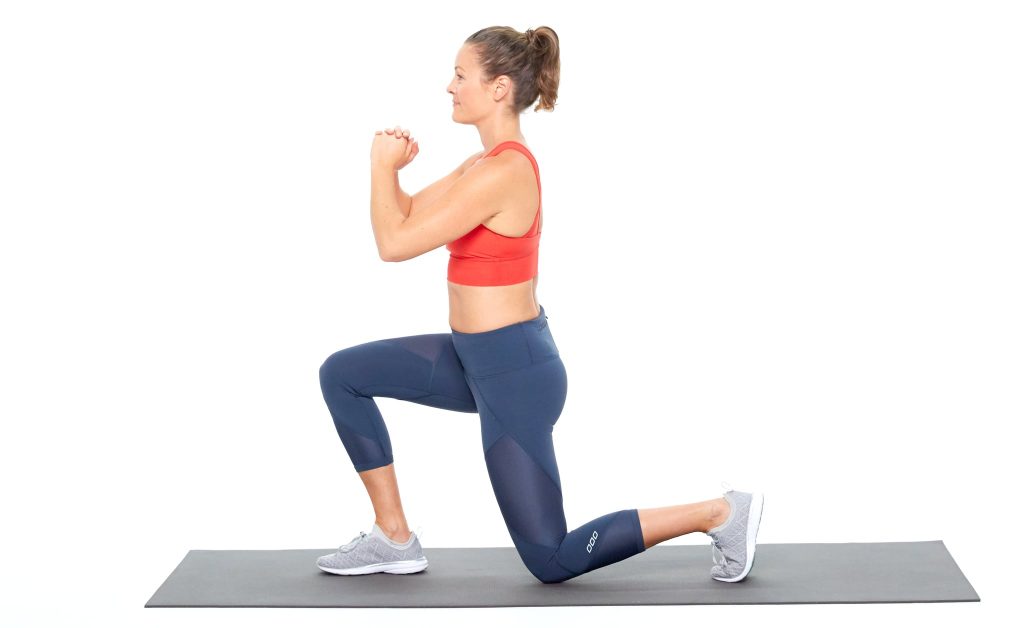

Lunging is incredibly functional. It has a huge carryover for walking, running and most sports. Squatting, in contrast, is not functional. Unless you are playing a sport where your hips are squared on throughout there is little benefit to this in a functional sense.
When I first started using gyms lunges were the go to free weight lower body exercise of choice. It wasn’t that you didn’t see squats at all, just that only a select few people actually did them. This all changed when CrossFit came onto the scene, and squats and deadlifts found a new lease of life in the gym. However with the increase in numbers of people squatting you saw a decrease in people lunging. This should not be the case.
The squat is often called the king of exercises. If you want to know your strength, if you want to optimize fat loss through resistance training, or if you want to work muscular endurance, then squats are almost a requirement. The metabolic impact they have is so high, because the load you can move with them is typically the highest of all exercises, recruiting the most muscle across the body. Lunges are far harder. Lunges require good stability and can even challenge the cardiovascular system if the reps are high enough. Because of the stability required you can’t load lunges with as much weight as with squats, but the overall impact of the exercise is much greater in some aspects.
The carryover impact on sports and general functional training is much higher, making the exercise a better one in many aspects for most people seeking functional ability, balance, or improved output in sports. To someone unconditioned to them as well there is a far bigger impact in terms of weight loss and general muscular strength than a squat, if squats were a regular part of their training. This is due to training adaptability, however.
I tend to use lunges and split positions over squats in the initial stages of working with clients. The reason for this is largely because of imbalances in the body, however arguably the squat is a more technical exercise to learn. It can take years to master, whilst the basic principles of a lunge or split squat would take only a few weeks.
There is more to it than that though. Improving balance and core stability are far more useful for most people than being about to lift a really heavy weight. Equally whilst both exercises require mobility and a decent level of flexibility, lunges actually aid that process and can increase your range of motion.
I would urge you, if you are trying to increase the strength of your legs or are undertaking resistance training on your legs for the first time, to begin with lunging and split stance positions. These are far more functional that a typical squat, they wont have the same mobility issues and they help both stabilizer and balance training.
You’ll receive all the latest news, posts and information regarding health and fitness.
You’ll receive all the latest news, posts and information regarding health and fitness.
You’ll receive all the latest news, posts and information regarding health and fitness.